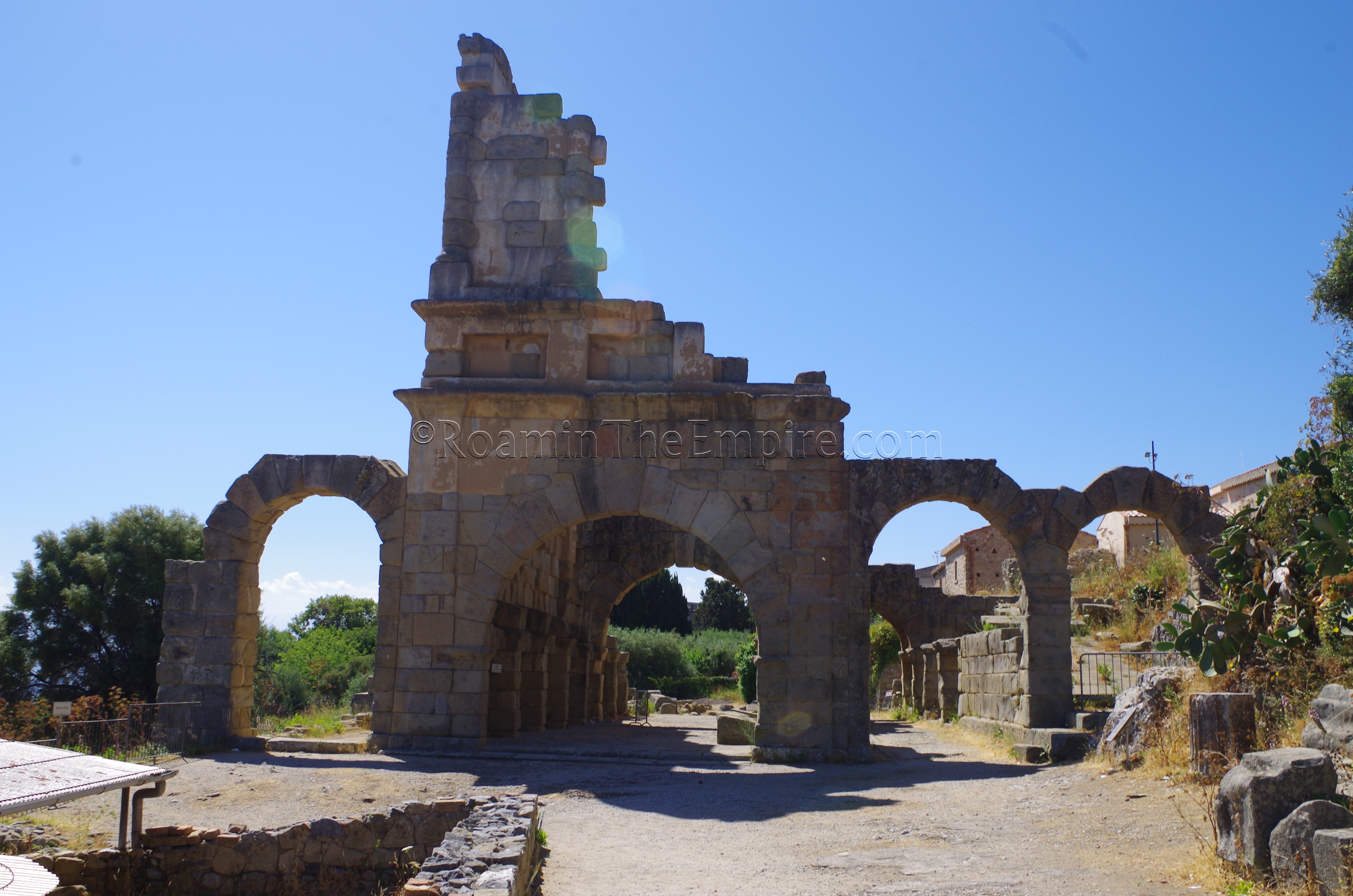
Most Recent Visit: June 2017.
In the scheme of the ancient settlements of Sicily, Tyndaris (also referred to as Tyndarion in antiquity) was a relatively new city, being founded in the early 4th century BCE. Located on top of a hill at the location of the small modern town that bears its name, Tindari, ancient Tyndaris seems to have been founded in 396 BCE by Dionysus of Syracuse. Tyndaris was founded as a colony for exiles of Messenia, who had been forced out of the Peloponnesian Peninsula (and eventually the secondary refugee settlements by the Athenians at Naupactus and Zacynthus) by the Spartans following the former’s revolt against the rule of the latter during the Peloponnesian War. Originally Dionysus settled the exiles, numbering about 600, at Messena (modern Messina), which had formerly been named Zankle, but was renamed Messena for a group of settlers from Messenia in the early 5th century BCE, but the Spartans took issue with the exiles being settled in a city with the reputation of Messena, and so Dionysus moved them to the site that would become Tyndaris.
The site of Tyndaris originally fell under the domain of the Siculi city Abacaenum, but following the foundation of Tyndaris, it became a separate entity, and the success of Tyndaris, which Diodorus Siculus claims quickly grew to 5000 inhabitants, likely lead to the eventual decline of Abacaenum. The city was named Tyndaris by the Messenians in honor of the Tyndaridae, the Dioscuri, who were deities of some importance to the Messenians.
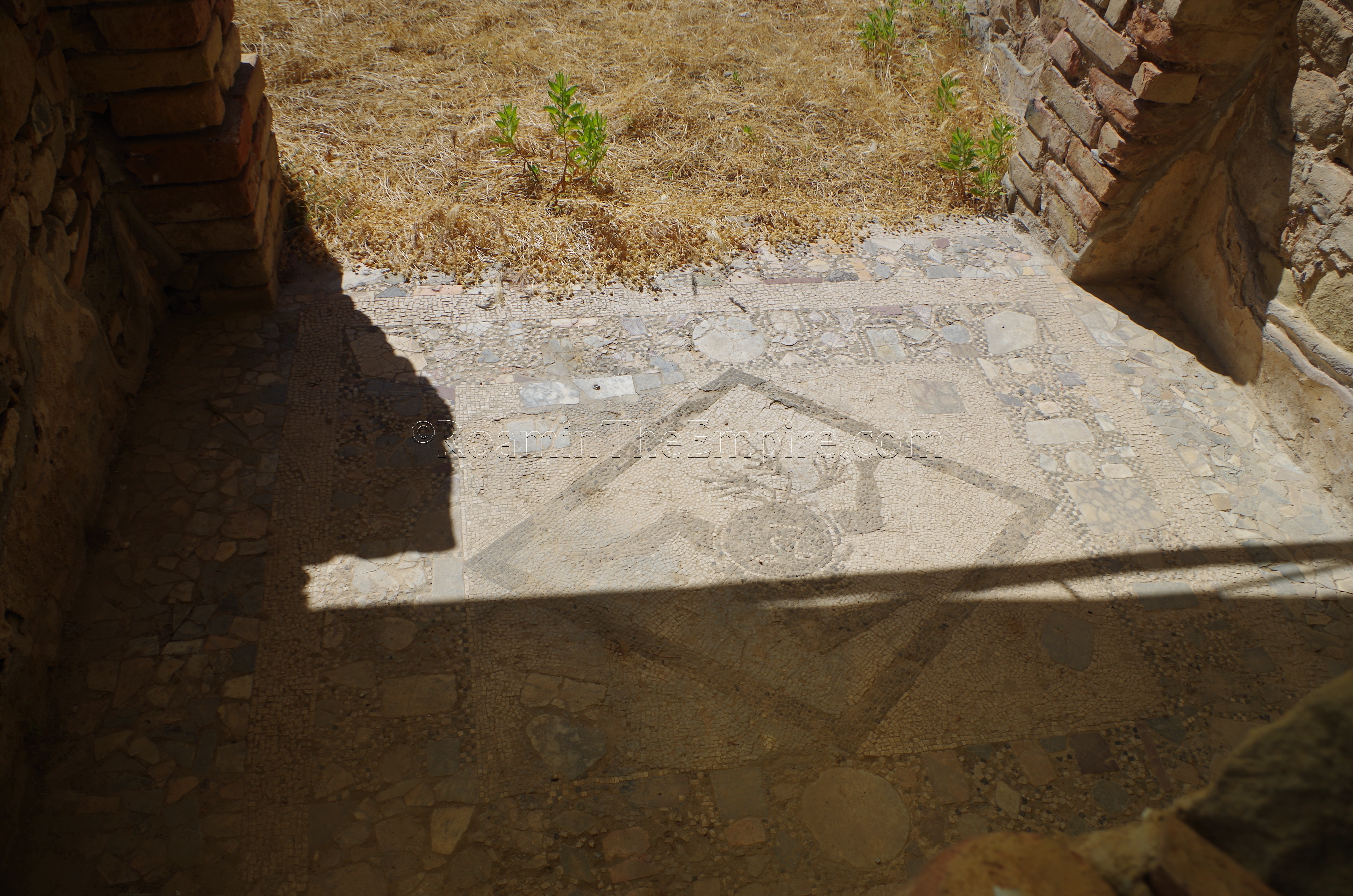
When Timoleon landed in Sicily in 344 BCE with the aim of restoring order to the fractious political situation at Syracuse and curb Carthaginian influence in the internal conflict of the Greek cities of Sicily, Tyndaris was among the first cities to ally with him, and provided him with a number of troops. In 269 BCE, Tyndaris declared its support for Hiero II of Syracuse in his campaign against the Mamertine mercenaries that had occupied Messene and were using it as a base for raiding and looting nearby settlements. It was the escalation of this campaign that would bring Rome and Carthage into direct conflict in the First Punic War. Tyndaris’ support of Syracuse, who subsequently allied with Carthage after the Mamertines successfully lobbied for Roman support, would place the city squarely on the side of the Carthaginians in that war.
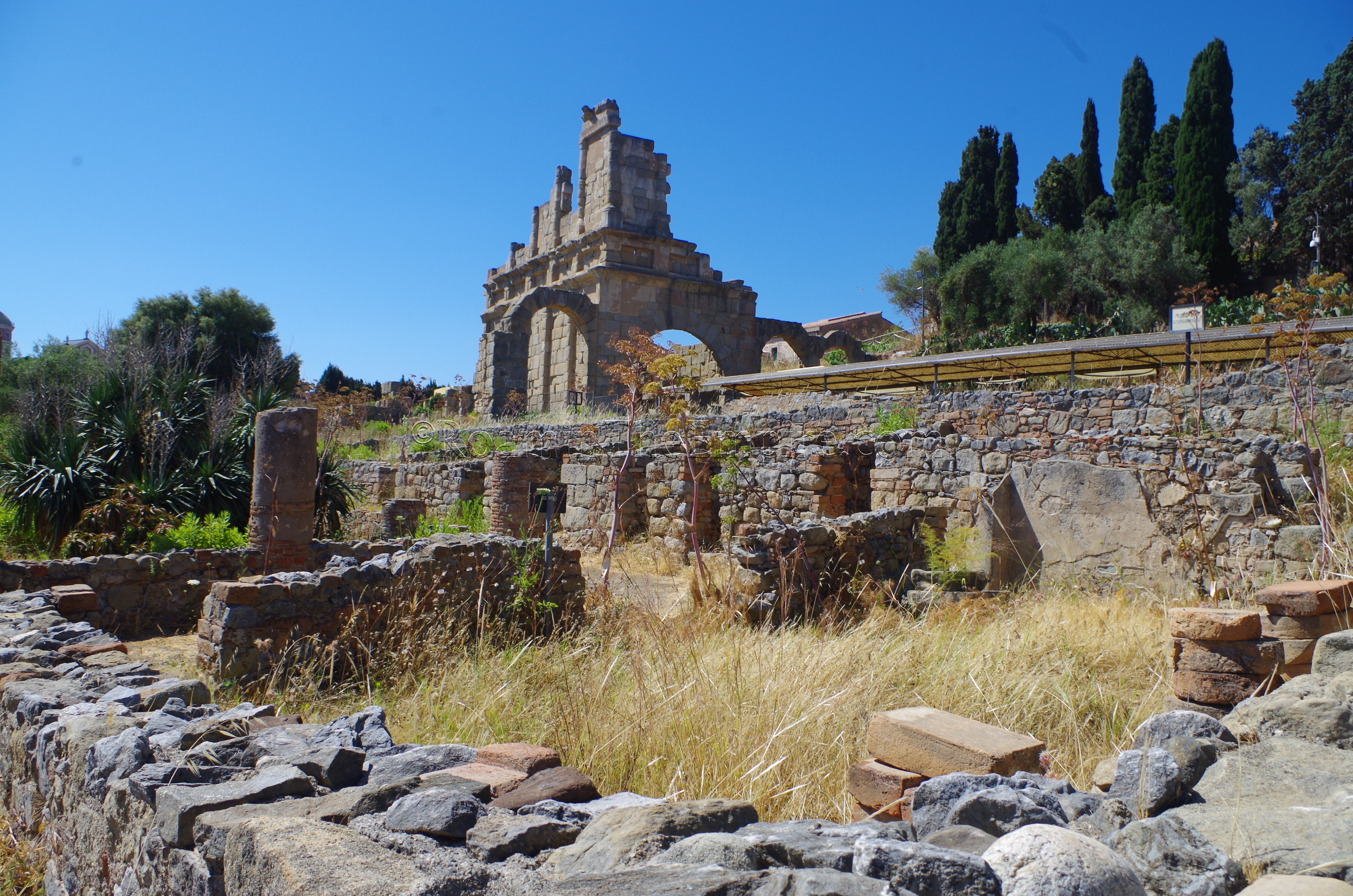
Tyndaris remained loyal to the Carthaginians for a period of time, but as the tide of the war began to turn and cities like Segesta and Halicyae defected to the Roman side, the support of Tyndaris began to waver. The Carthaginians, seeing the writing on the wall with regard to Tyndaris, took a number of hostages from Tyndaris as well as a good portion of the city’s supplies in order to ensure their loyalty. In 257 BCE a Roman fleet under the command of the consul Gaius Atilius Regulus Serranus was anchored off the coast of Tyndaris, which was still a Carthaginian holding, and engaged a passing Carthaginian fleet in what became known as the Battle of Tyndaris. An advance force of 10 Roman ships sailed out ahead of the main Roman fleet to engage the Carthaginians, but quickly suffered a loss of 9 of those ships before the rest of the Roman fleet could catch up and turn the tide of the battle in favor of the Romans, who sank 8 and captured 10 Carthaginian ships, and forced the Carthaginians in retreat to the Aeolian Islands. Following the Roman capture of Panormus in 254 BCE, the inhabitants of Tyndaris, along with a number of other cities, took the opportunity to expel their Carthaginian garrisons and declare allegiance to the Romans. Tyndaris remained in Roman hands for the duration of the First Punic War, after which it passed permanently to the Romans following the treaty concluding that war.
Under the Romans, the city seems to have continued to flourish. During the Second Punic War, Tyndaris contributed a number of sailors to Scipio Africanus’ expedition to Africa. After his victory, he apparently rewarded the people of Tyndaris with a splendid statue of Mercury from Carthage. In turn, the statue was stolen from Tyndaris by Verres, along with a number of other personal items of citizens of Tyndaris as described by Cicero. Cicero also recounts an anecdote that a statue that Verres had erected of himself in Tyndaris was torn down by the people of the city as soon as Verres was replaced as governor of Sicily.
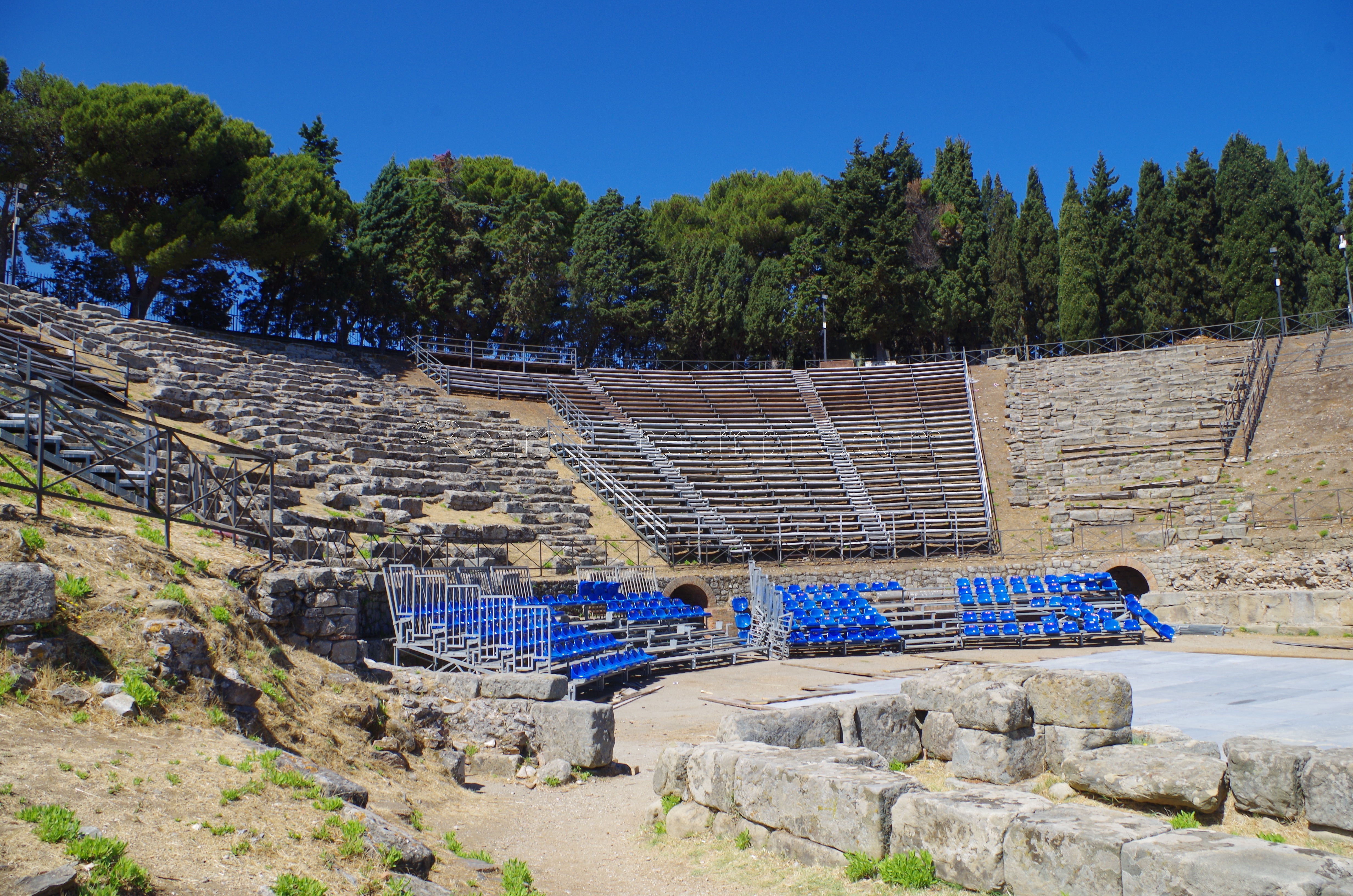
In 44 BCE, the Sicilian revolt portion of the post-Caesarean Civil Wars began when Sextus Pompey consolidated power on Sicily by occupying Tyndaris, as well as Mylea and Messana, which pulled most of the rest of the island in line with Sextus Pompey and provided a significant base of power for him. A blockade of Roman sea trade and supplies through the Strait of Messina combined with a hold on grain from Sicily forced Octavian into the Pact of Misenum in 39 BCE, recognizing Sextus Pompey as the ruler of Sicily, Sardinia, and Corsica. By 38 BCE, however, the two were again at war, and a naval victory by Agrippa at Mylae in 36 BCE swayed the garrison at Tyndaris to offer surrender to Agrippa. Sextus Pompey attempted to shore up the town’s loyalty following the loss, but the garrison there refused him and fought off his forces.
During the time of Augustus, Tyndaris apparently received a colony as evidenced by inscriptions noting the Colonia Augusta Tyndaritanorum. According to Pliny, though, the city suffered a major cataclysm in the 1st century CE when half the city slid off the cliffs and into the ocean below. Beyond that point, however, Tyndaris is only mentioned in the Itineraries and seems to have played no other major role in history.
Getting There: Tyndaris marks the point at which I no longer had access to a private vehicle on my trip through Sicily, so I had to rely on public transport getting there. That being said, having a vehicle would make it much easier to get to. I took the bus from central Milazzo. A bus leaves daily (except Sunday) from the bus stops in front of the port buildings at Milazzo at 8:35 and arrives at Tindari at 10:00 and costs 6 Euros. Similarly there is a single departure back to Milazzo from Tindari at 12:05. There is only that single departure daily. Another option is to get to Tindari from the city of Patti, which has a train station (Patti – S. Piero Patti). There is a bus from the train station to Piazza Marconi, and from Piazza Marconi to Tindari. Because this is rural, Southern Italy, keep in mind that the bus schedules are tentative, at best, and are always subject to change. I took the bus from Tindari to Patti, and found that the schedule was more of a vague guideline. With that in mind, one of the better schedules I have found is here. It also notes when the train station and Tindari buses coincide with each other, which is helpful. Between the train station and Piazza Marconi is 1.20 Euro each way, and between Patti and Tindari is 2.10 Euro one way or 3.30 Euro round trip. From the bus stop at Tindari, it’s about a 10 minute walk up the hill and past the church to the site; there’s really no way to get lost, as it’s just that single road primary road through town.
The Area Archeologica di Tindari is located at Via del Teatro Greco, 98066, Patti ME. The site is open from 9:00 to 18:00 every day, and admission to the site and the small antiquarium on-site is 6 Euros.
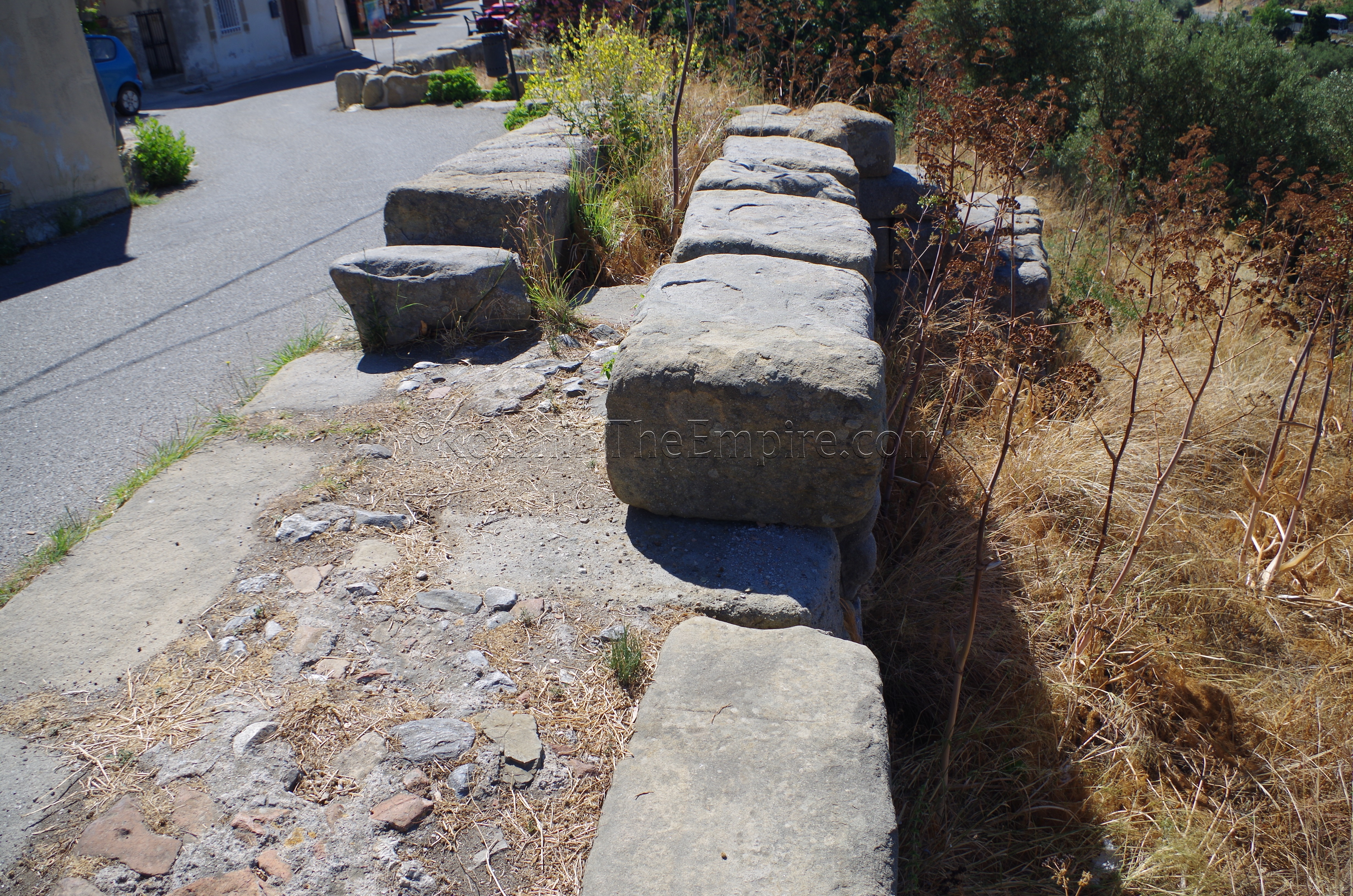
On the way up to the site from the bus stop, some remains of the city walls can be seen along the south side of the road. Across the road from the bus stop/parking lot are the remains of the dipylon, a double gate entrance to the city. That area is fenced off, though, so the best view is actually from the top of the hill near the site, looking back down on it. Near the entrance to the site are some fairly significant remains of one of the towers, apparently dating to the late antique period, and referred to as a Roman-Byzantine tower. The rest of the fortifications seem to date to between the beginning and the middle of the 3rd century BCE.
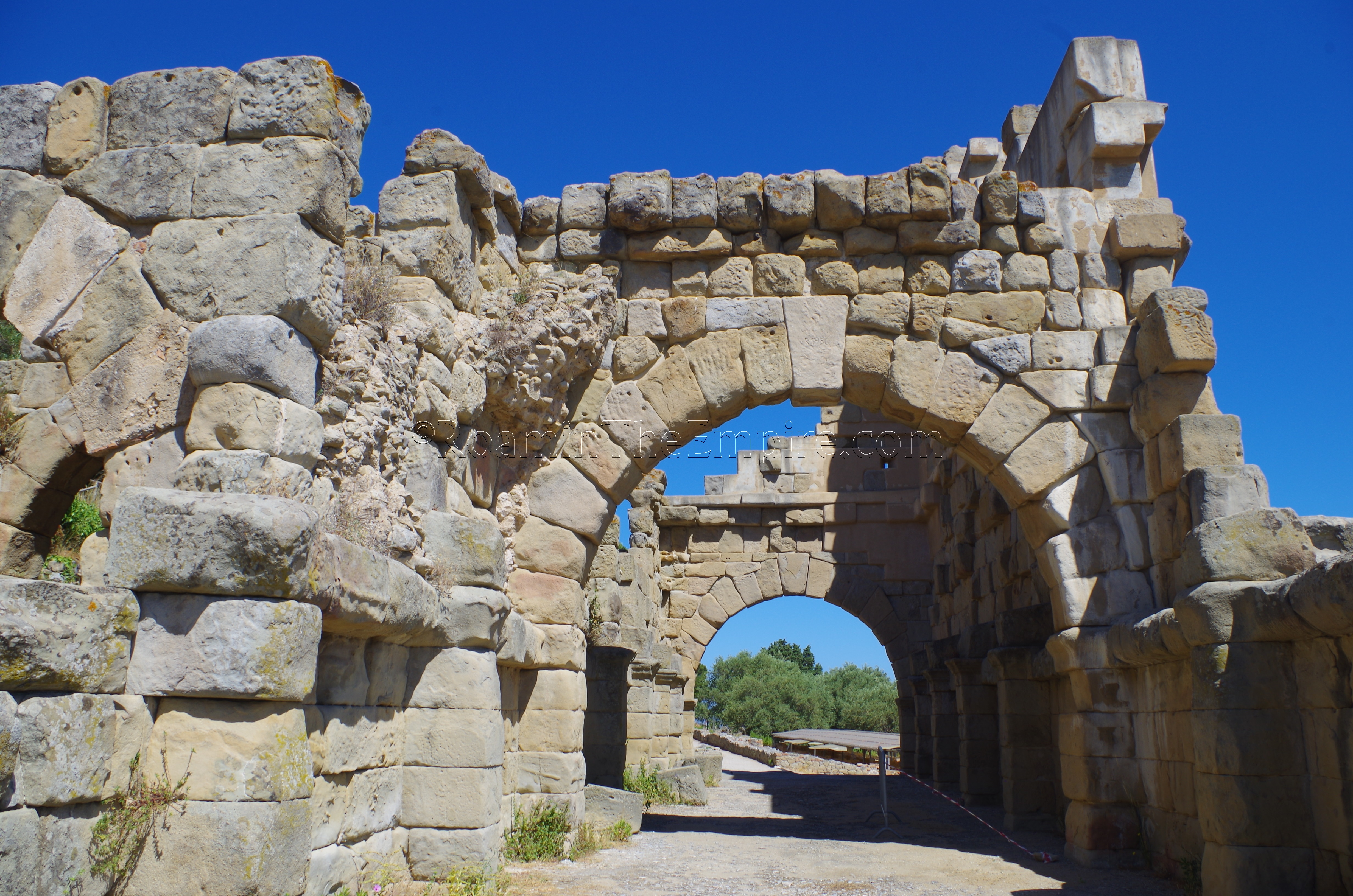
Inside the park there are three main areas where there are significant remains that can be visited; the theater, the so-called ‘basilica’, and insula IV. There are some other scattered remains, but, there is not really much context with them. The furthest east of these is the ‘basilica’. Also previously identified as a gymnasium, in actuality the ‘basilica’ seems to be a monumental entrance complex to the city. Not only serving as just a gate, the structure seems to have an area for tabernae as well as some other attached rooms of unknown function. There is even a cistern built into this entry complex and the possible presence of a small sanctuary. Several stairways and the height of the remaining construction indicate that it was indeed at least a 2 story structure. The dating for the structure seems to be about the 1st century BCE. Immediately to the northwest are the scant remains of a house.
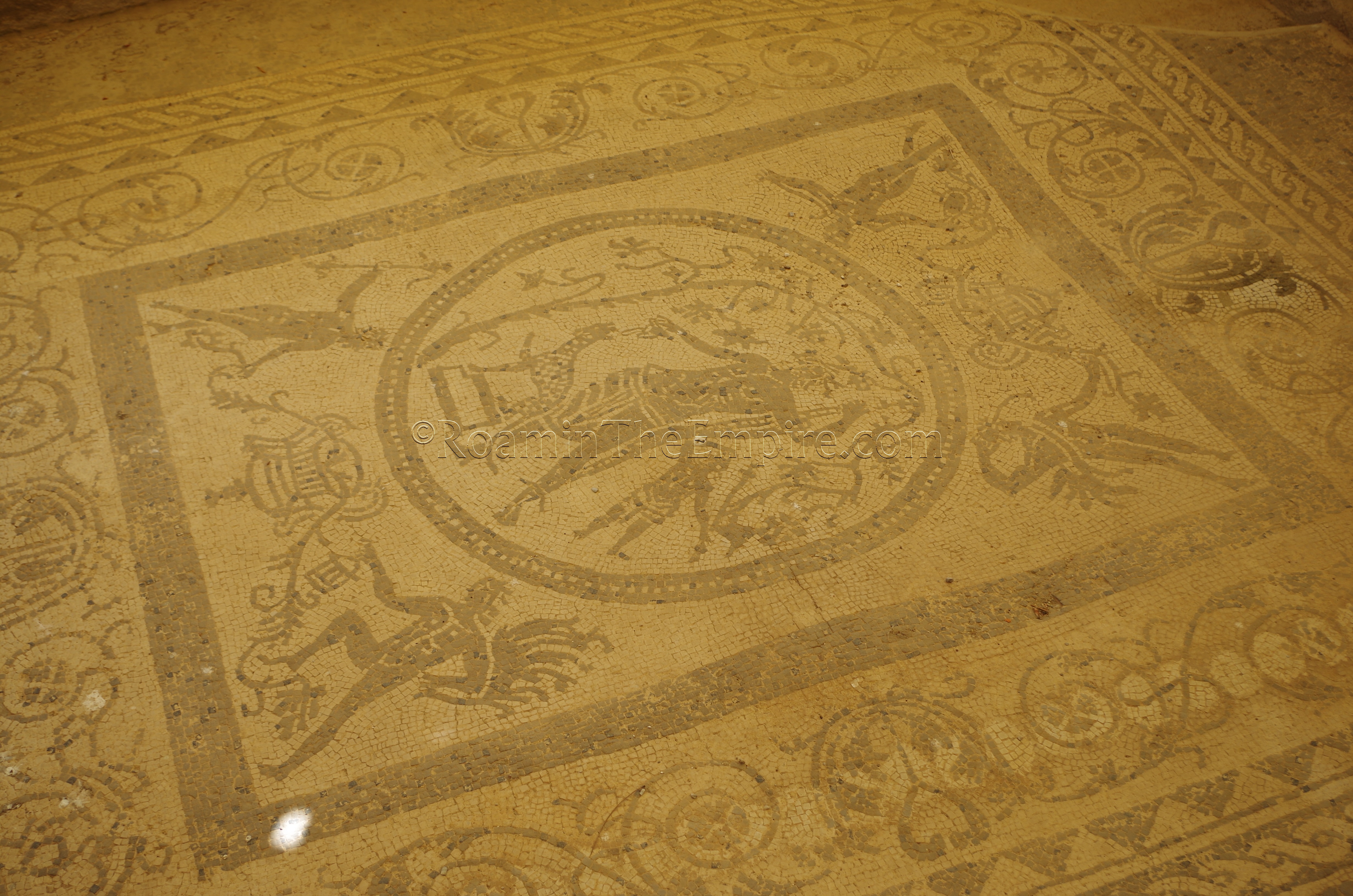
Adjacent to the ‘basilica’, to the north, is insula IV. The southernmost section of this insula is occupied by a small bathing complex. The bathing complex has a covering over it to help preserve some of the nice mosaic flooring which includes a trinacria mosaic and Dioscuri mosaic in the apodyterium and a Dionysus mosaic in the tepidarium, among others. The warm rooms have a significant amount of box flue tiles present, in some cases obviously reconstructed in their placement, but probably original finds from the baths. The sections that are nearer the floors seem to likely be in-situ finds, though. The area of the bathing complex seems to have originally been a house, but at the beginning of the 3rd century CE it was renovated into a bathing complex.
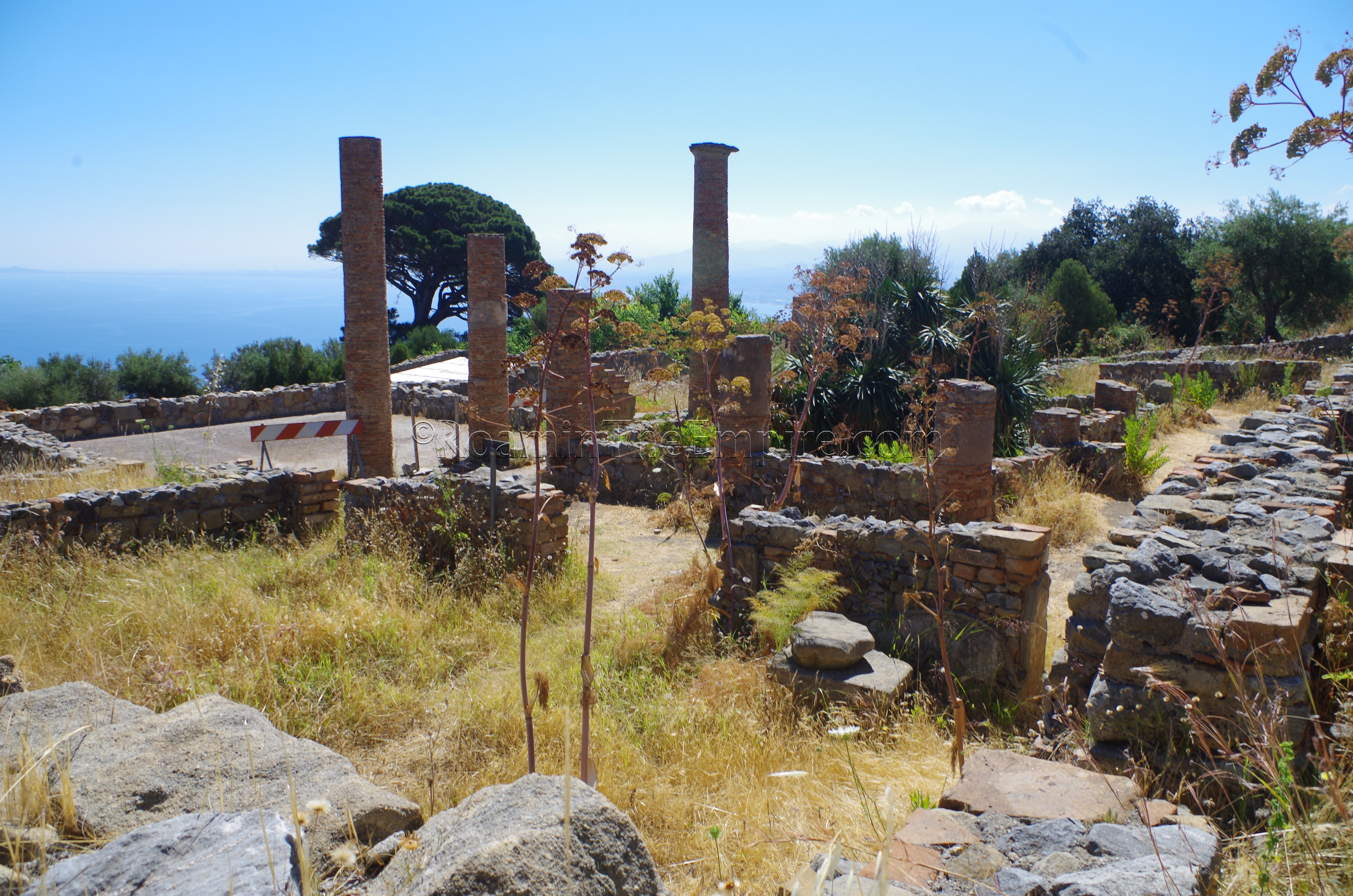
To the north of the bathing complex are the remains of two atrium houses. The whole of insula IV seems to have been smaller, Greek style houses, perhaps a total of 8 to 10. In the 2nd century CE, though, there was a restructuring of the entire block into the four larger houses. Two of those survive now, while the southernmost was eventually turned into the bathing complex and the northernmost into a series of tabernae. The northern of the two remaining houses has a few mosaics remaining in the tablinum and the oecus. A small section in the very northern corner of the insula retains the pre-Roman ‘Hellenistic’ building phase.
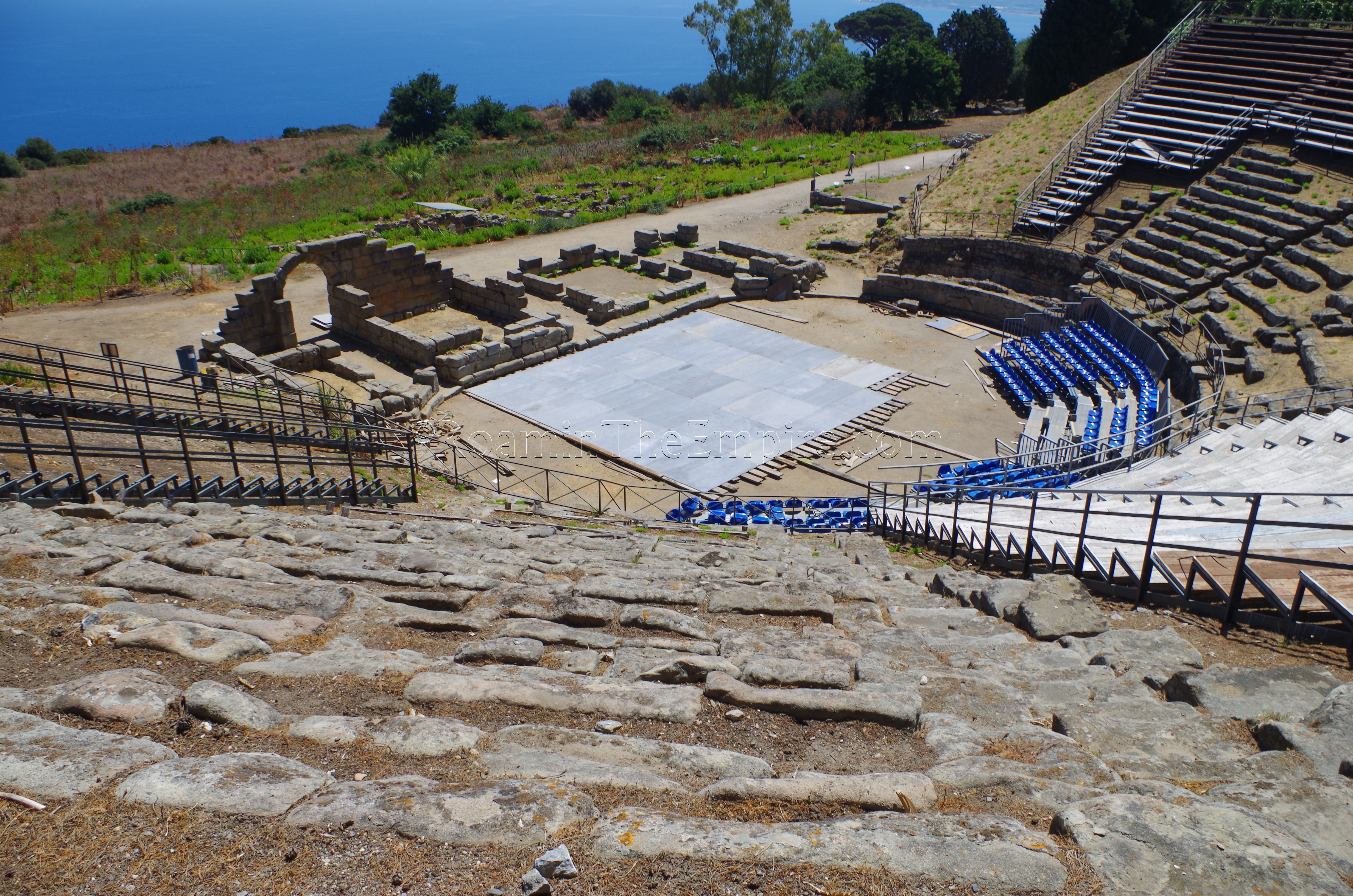
Heading westward along the primary path, the so-called decumanus superior, there are some scant remains along the side of the road, but nothing with any context until reaching the theater. The theater is essentially the centerpiece of the archaeological park, and rightly so for the most part, it is in a pretty good state of preservation and is an imposing piece of monumental architecture. It certainly is one of those points that seems to get the majority of attention, though, while many visitors just give cursory attention to everything else in the park. The dating of the theater is a bit of a matter of some contention. The signs on-site indicate that it was originally constructed at the end of the 4th, beginning of the 3rd century CE, which may very well be true. While there may have originally been a Greek theater of that date at this site (the form of the theater is certainly more Greek), what currently remains of the theater seems to largely date to around 100 BCE, firmly within the Roman context. The capacity for the theater is estimated to have been about 3,000 spectators.
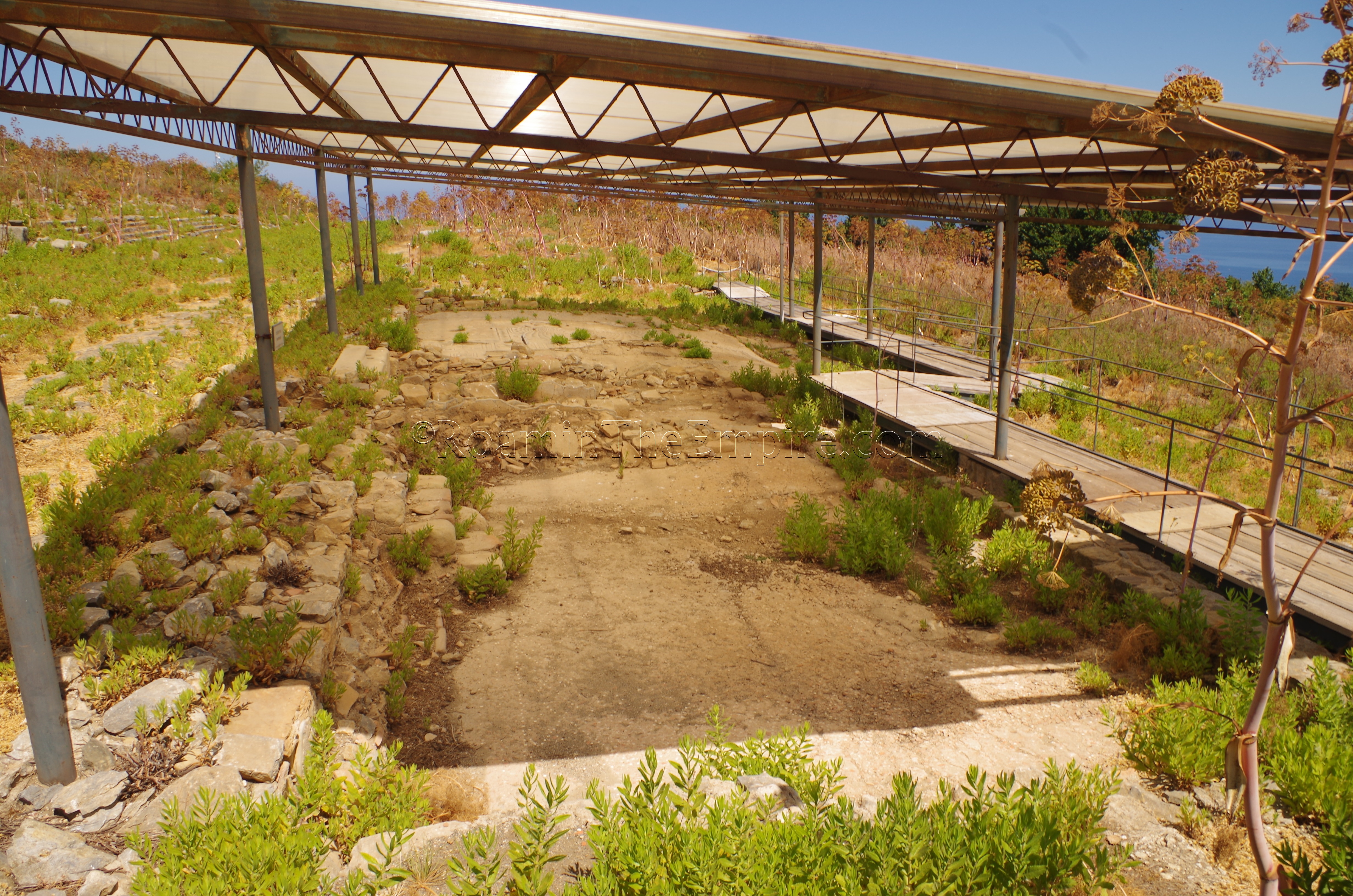
To the north of the theater, in insula VIIIa, there are remains of a cistern, as well as some other structures, but, there is not much context here. There are a few structures further west from the theater; there are some fragmentary remains along what seems to be the decumanus maximus, including some tabernae and the remains of some roads. A domus was present about 250 meters down the decumanus maximus from cardo I, the street running north from the theater, but it was roped off restricting access. Seeing as how I was the only one out there, I probably could have poked around a little more, but, I’d seen a few snakes on my way out and things were a little overgrown, so, I didn’t continue on past the domus.
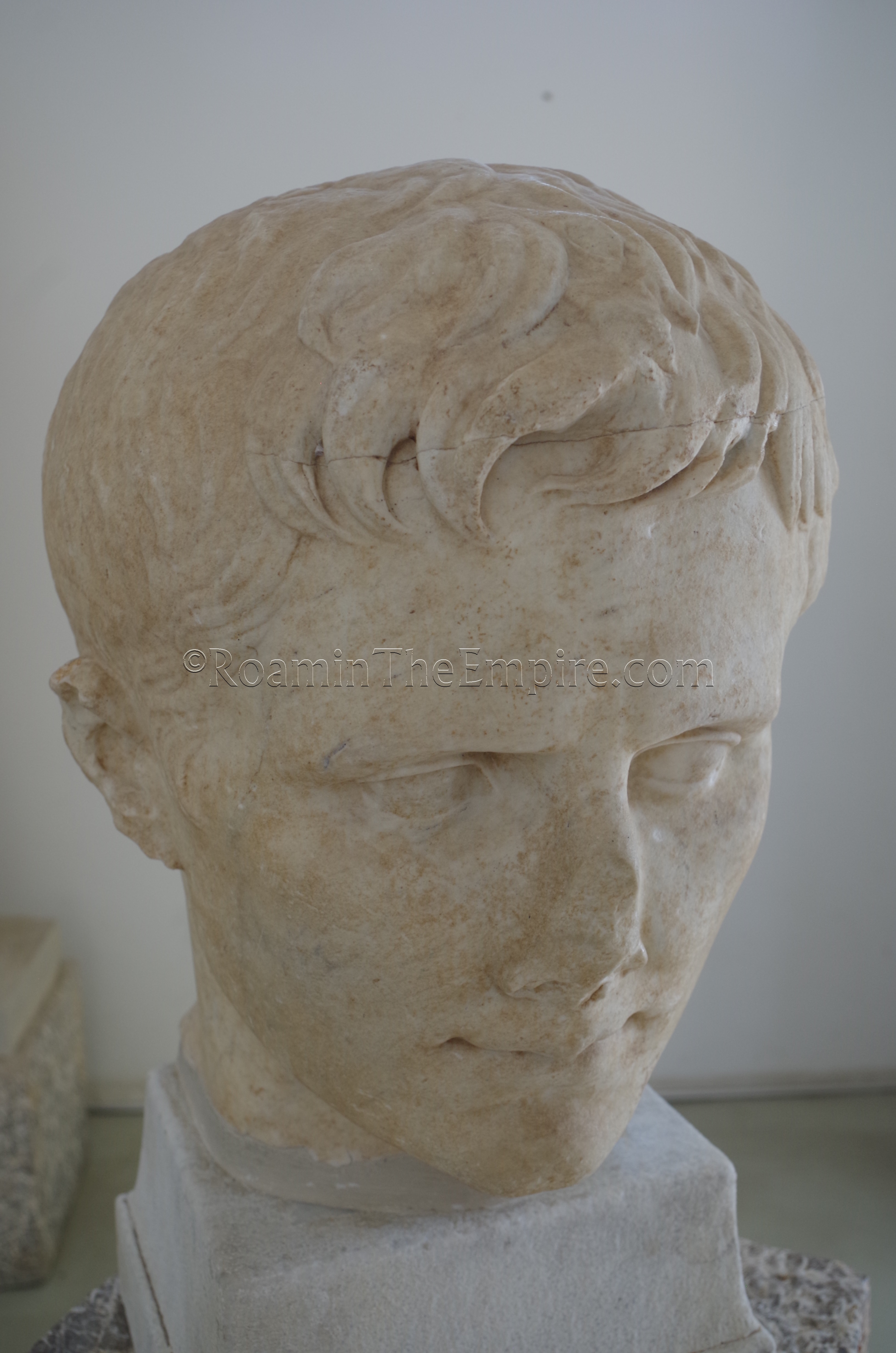
Back near the entrance of the site is the antiquarium. There are a few fragmentary statues, some portrait heads, and some very fragmentary Latin inscriptions, but, the majority of what is here are small ceramic finds. There are some nice informational signs about the site in the antiquarium as well, but, they are solely in Italian, so, if you don’t speak Italian pretty fluently, they might not offer much context on the spot.
Overall, I spent about an hour and a half at the site, including the antiquarium. Like the antiquarium, all the signs at the site are in Italian and don’t offer any translations in any other languages. As previously stated, the highlight of the site is really the theater, and like many sites, it seems like a lot of effort is devoted to that while other parts of the site that are, at least from my perspective, just as interesting, are neglected. But, the theater surely attracts a great many people in the first place, so it’s really not surprising. It’s a pretty nice site overall, though, and while I thought it was well worth the visit, the difficulty in getting there might deter some people, and it might be hard to recommend that anyone go too far out of their way to visit. If you have your own vehicle and are in the area, though, definitely give it a stop.
Sources:
Appian, Bella Civilia, 5.12.109.
Cicero, In Verrem, 2.4.23, 2.4.40, 2.4.42.
Diodorus Siculus, Bibliotheca Historica, 14.78, 16.69, 22.13, 23.5, 23.18.
Holloway, R. Ross. “Tyndaris: Last Colony of the Sicilian Greeks.” Archaeology, vol. 13, no. 4, Dec. 1960, pp. 246–250.
Pliny, Historia Naturalis, 2.94.
Polybius, Historia, 1.25.
Smith, Christopher John. Sicily from Aeneas to Augustus: New Approaches in Archaeology and History. Edinburgh Univ. Press, 2007.
Stillwell, Richard, William L. MacDonald, and Marian Holland. McAllister. The Princeton Encyclopedia of Classical Sites. Princeton, NJ: Princeton U Press, 1976.
Thucydides, HIstories, 6.4.


